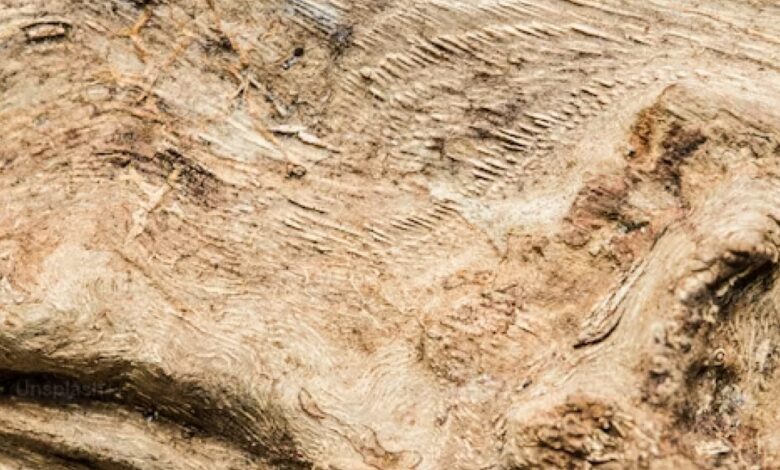Did our ancestors use tools 3 million years ago?

New research into the anatomy of the australopithecine hand suggests that Lucy, one of the oldest known ancestors of humans, and her species engaged in tool-related activities more than 3 million years ago. This revelation, based on research on muscle attachment, implies that some early hominids manipulated objects long before the genus Homo emerged.
The study, published in the Journal of Human Evolution, was led by paleoanthropologist Fotios Alexandros Karakostis of the University of Tübingen, Germany. Researchers analyzed the attachment sites of hand muscles, known as entheses, in three different australopithecine species and compared them to the hand bones of humans and monkeys. Muscle attachment points on these ancient hand bones were observed to indicate extensive use of grasping and manipulation, similar to the use of human tools. “Although there is no direct evidence that these hominids created tools, their hand structures indicate that they likely performed activities that involved precise grip and object manipulation,” Karakostis explains.
Evolving agility in early hominins
The study, which was published in the November issue of the Journal of Human Evolutionindicate that Australopithecines, particularly Australopithecus afarensis and Australopithecus sediba, may have possessed agility comparable to that of modern humans. The recent species among these, A. sediba, had a more human-like hand compared to its earlier relatives, which retained both ape and human features in their hand structure. The research further shows that the placement and adaptation of muscle attachment sites in these species reveal how their hands may have been used for tasks such as food preparation, grasping, and perhaps even primitive tool use.
Jana Kunze, a paleoanthropologist from the University of Tübingen, noted that the development of the first dorsal interosseus muscle between the thumb and index finger could have supported a precise grip. This feature, combined with adaptations to the pinky finger, would have increased the species’ ability to effectively manipulate objects, providing essential functionality that may have led to technological advances in early hominins.
Although Homo habilis, known as “handyman” because of its association with early stone tools, is traditionally seen as the first toolmaker, this study challenges the assumption that australopithecines lacked the anatomical ability to make tools. Tracy Kivell, director of Human Origins at the Max Planck Institute for Evolutionary Anthropology, noted that each Australopithecus species may have evolved unique hand adaptations, possibly using its dexterity for both tool use and climbing.
This analysis adds evidence to the hypothesis that certain human agility traits emerged before the evolution of the genus Homo, pushing the timeline of possible tool use back to Australopithecus more than 3 million years ago.
(Except for the headline, this story has not been edited by NDTV staff and published from a press release)




